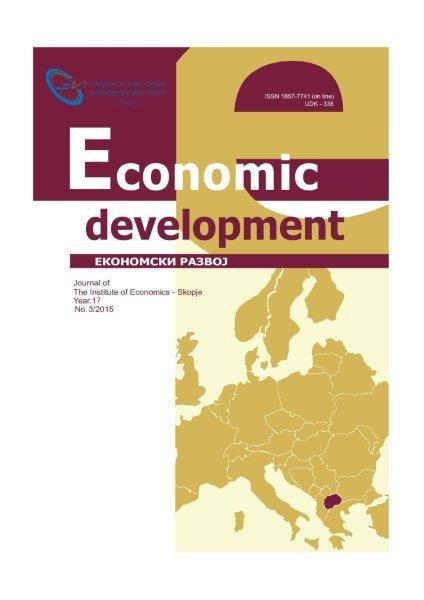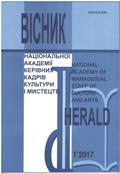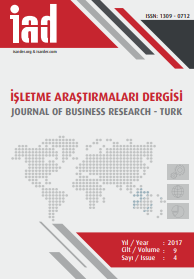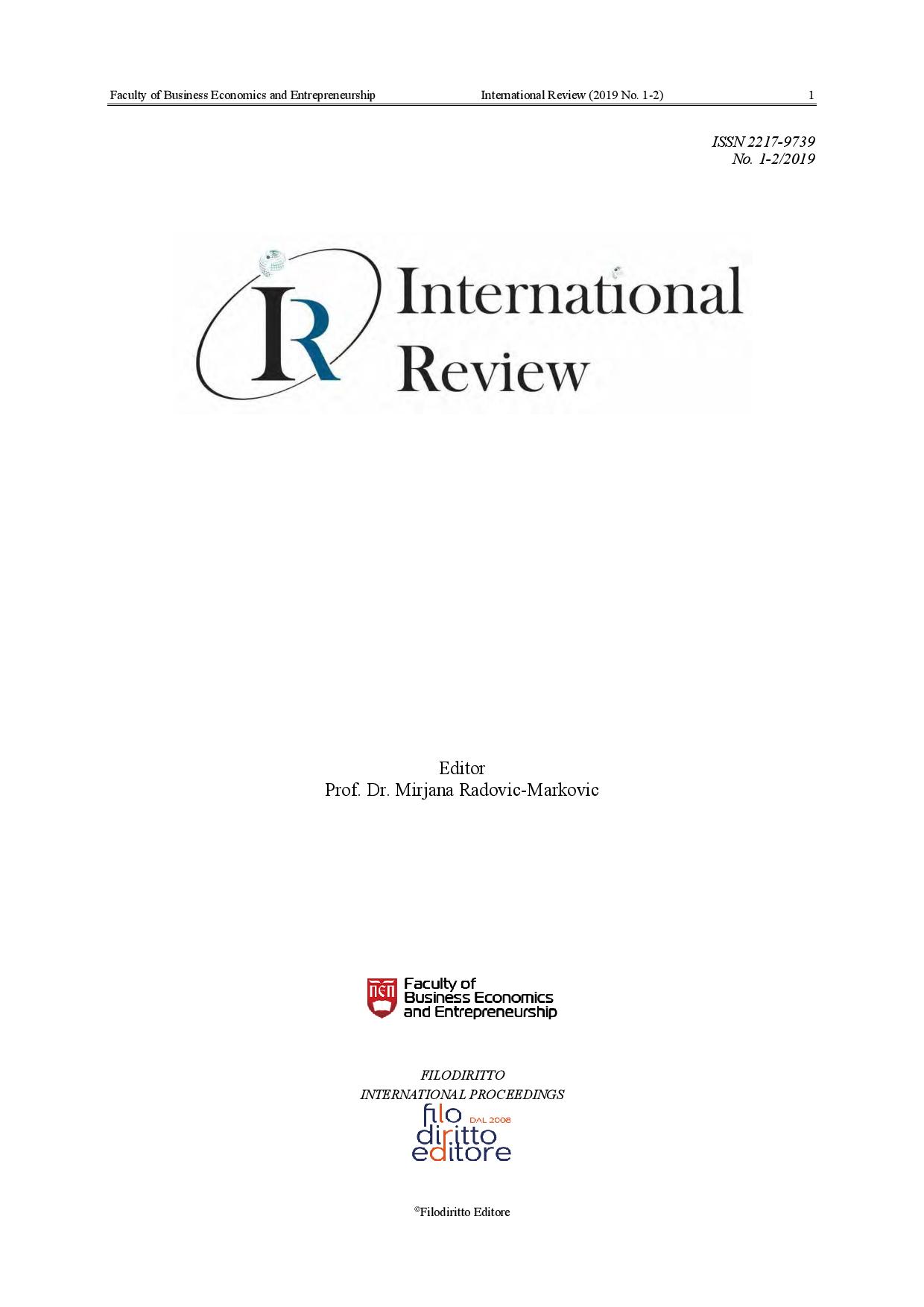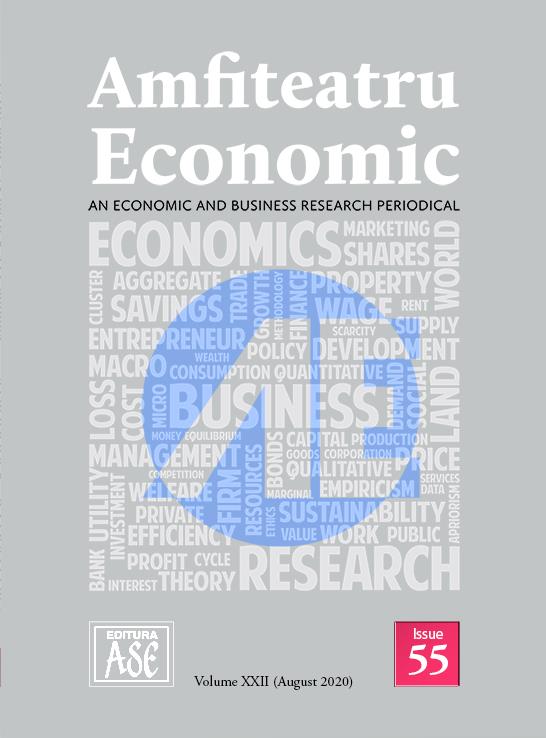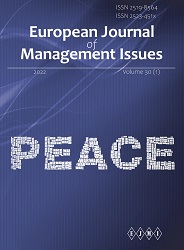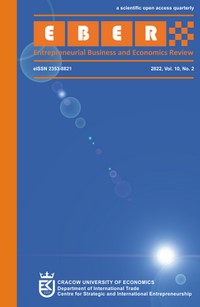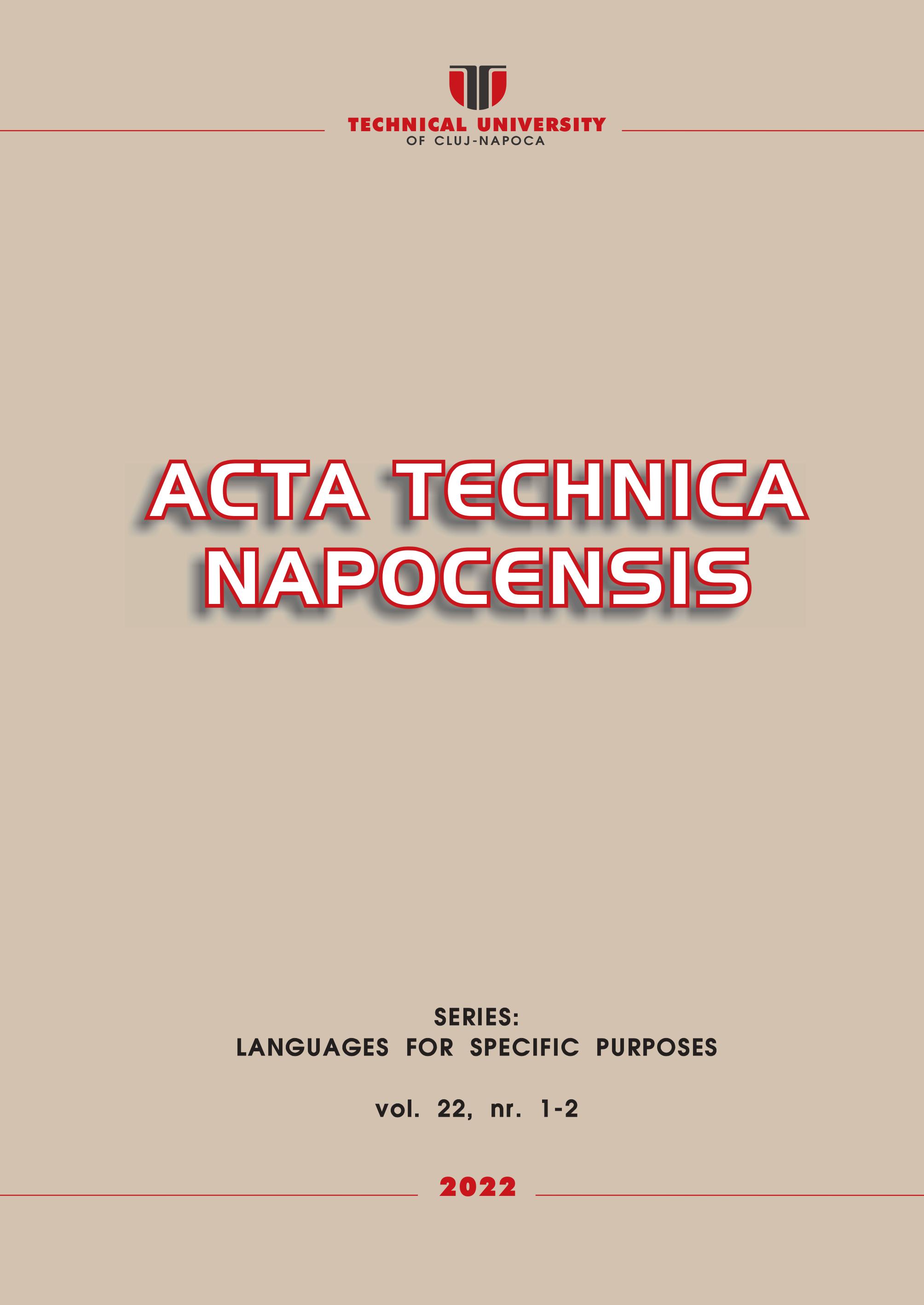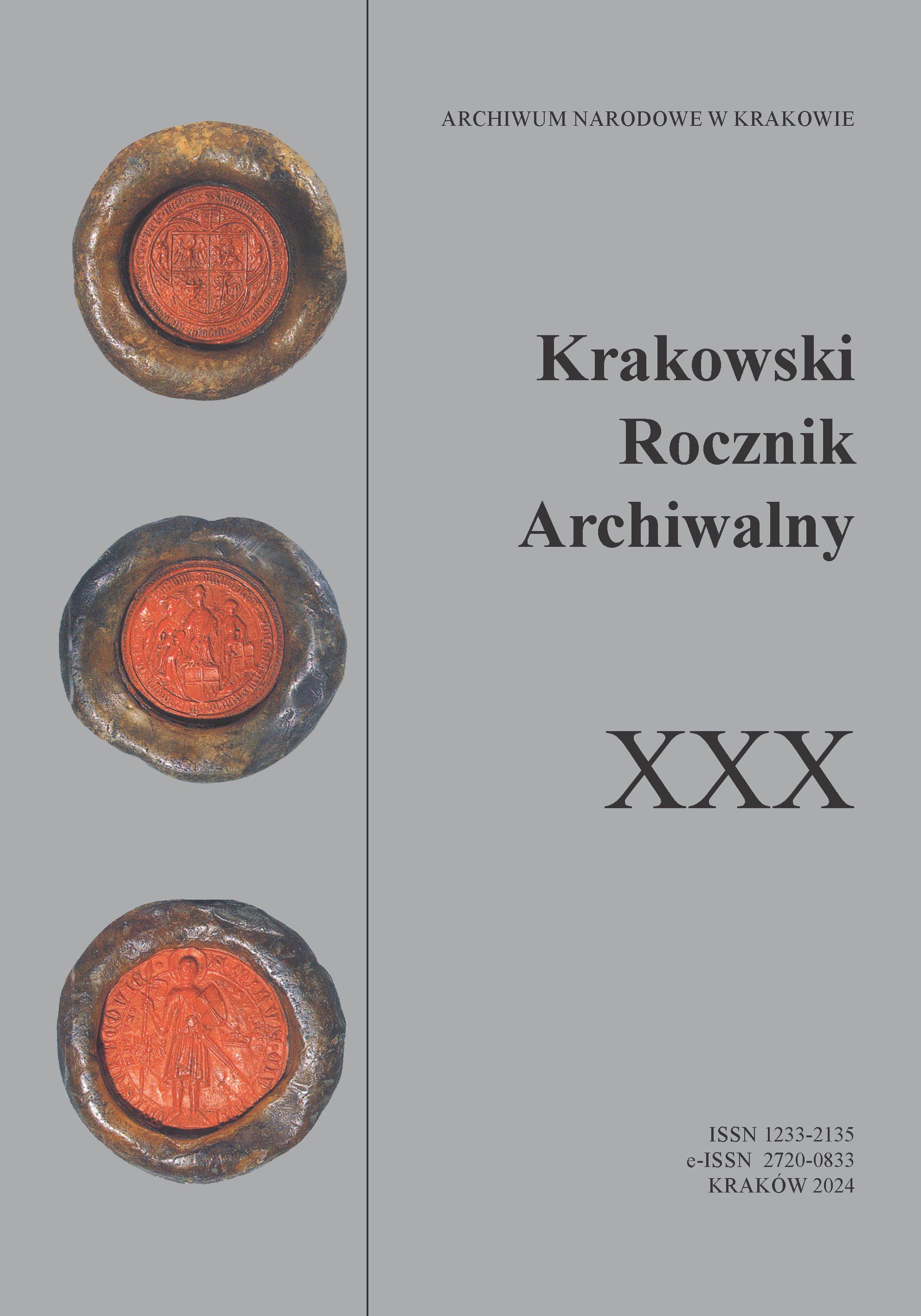Management and Marketing Problems of Wood Processing and Furniture Production Enterprises
Management and Marketing Problems of Wood Processing and Furniture Production Enterprises
Keywords: L10; O13; J31
The paper presents results of a survey in the wood processing and furniture sector. It is identified that there is no system for obtaining professional qualifications; inadequate qualifications of middle and upper management; the strong protection of the employees by labour legislation hinders management; difficulties in employing specialists with good qualifications; lack of motivation in employees; limited opportunities for efficient improvement of qualifications. It is summarized that to deal with the problems facing the Bulgarian woodworking and furniture production companies, solutions should be pursued in the following directions: establishing a strategic basis for company management; improving the efficiency of investment process management; developing a well-functioning system for collecting and maintaining market information for the sector; activating the international marketing; improving the qualifications of managers and entrepreneurs in the area of management and marketing.
More...
